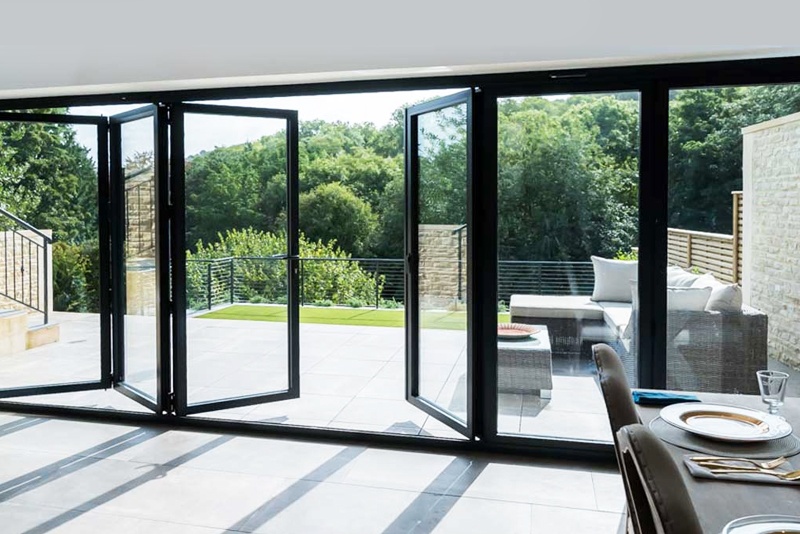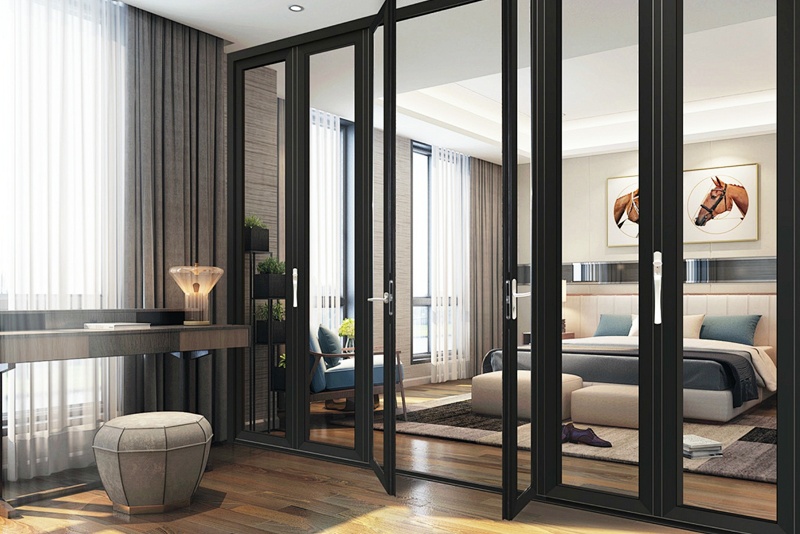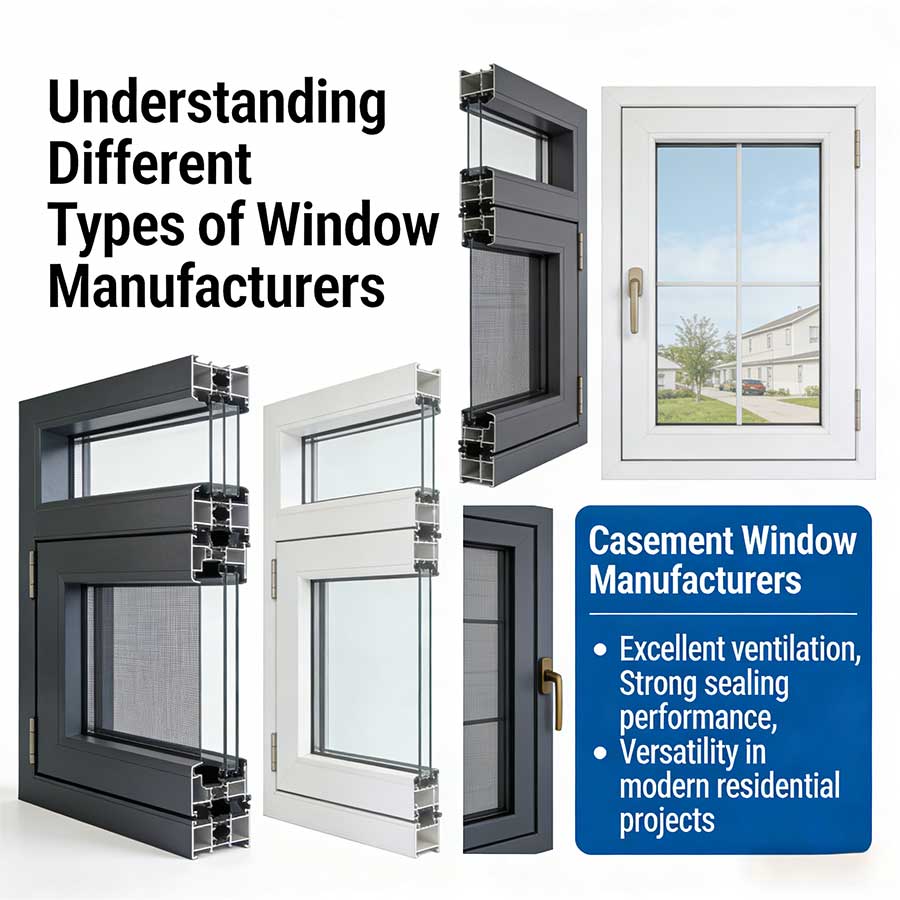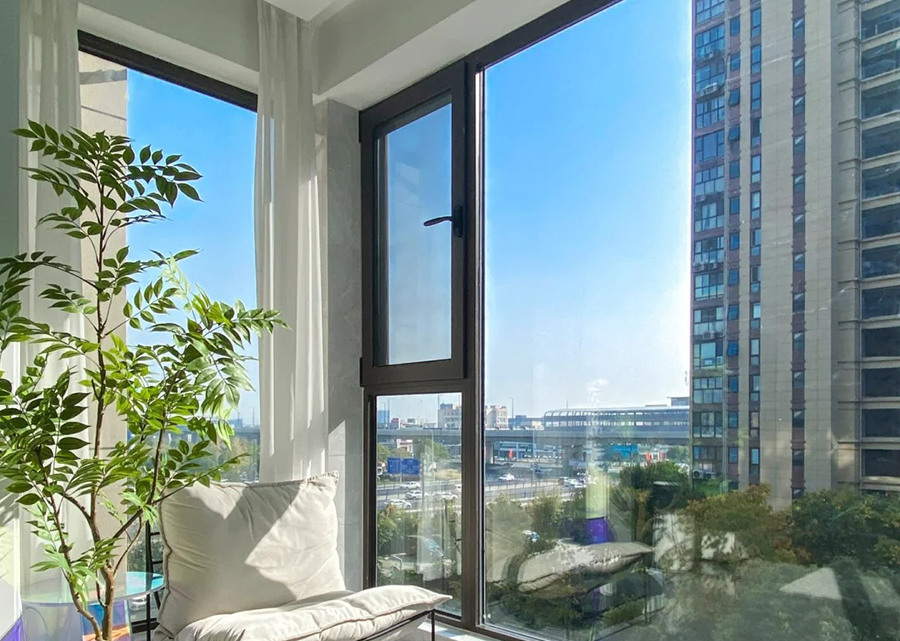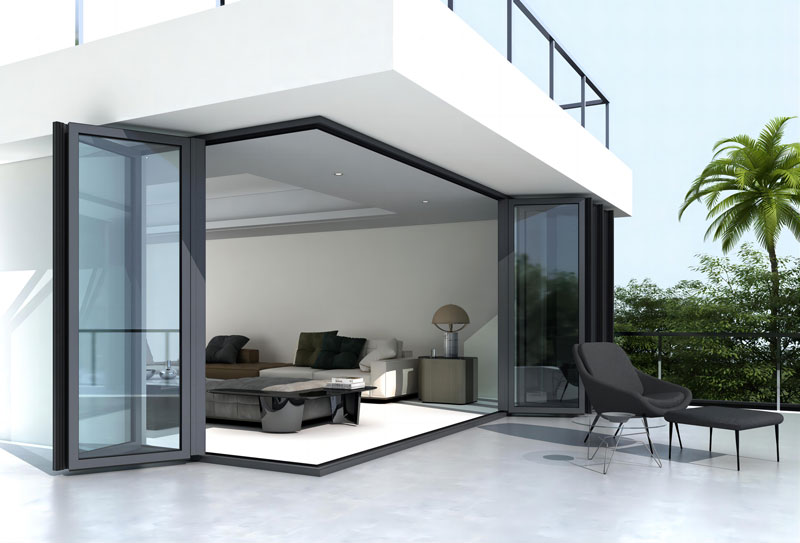When Walls Become Optional: Rethinking Space with Folding French Doors
There’s a particular moment that happens about two weeks after homeowners install their first exterior folding doors. It usually occurs on a Tuesday evening, while carrying groceries or watching children play. They glance toward what used to be a solid wall and realize something fundamental has changed: the mental division between “inside” and “outside” has quietly dissolved. This shift—from separation to connection—is what makes french doors that fold more than just an architectural feature.
I’ve visited homes where these installations transformed everything from morning routines to holiday gatherings. One family in Portland told me their folding doors made rainy days feel different. “Instead of watching the rain through windows, we sit just inside the threshold, feeling the mist and smelling the petrichor while staying dry. It’s made us actually appreciate the climate we used to hide from.”
What Product Brochures Don’t Tell You
The Psychology of Expanded Space
We’ve all seen the dramatic “before and after” photos in home magazines, but they miss the daily texture of living with foldable walls. The real magic isn’t just the additional square footage—it’s how your brain starts reimagining your entire property as one continuous living space.
People naturally arrange furniture differently when they know an entire wall can disappear. That awkward corner suddenly becomes a reading nook because light floods the area. Traffic patterns evolve as movement between rooms and gardens becomes fluid. One homeowner described it as “our house learned to breathe.”
The Unplanned Benefits
Nobody buys bi fold french door systems thinking about air quality, but multiple homeowners have reported needing to dust less frequently. With improved cross-ventilation, airborne particles simply pass through instead of settling. Others note their heating bills dropped slightly in shoulder seasons because passive solar warming reduces their reliance on furnaces.
Then there are the social changes. “Our dinner parties now organically spread across three zones without anyone feeling separated,” a host in California explained. “The kitchen, dining area, and patio become one flowing conversation space rather than isolated pods.”
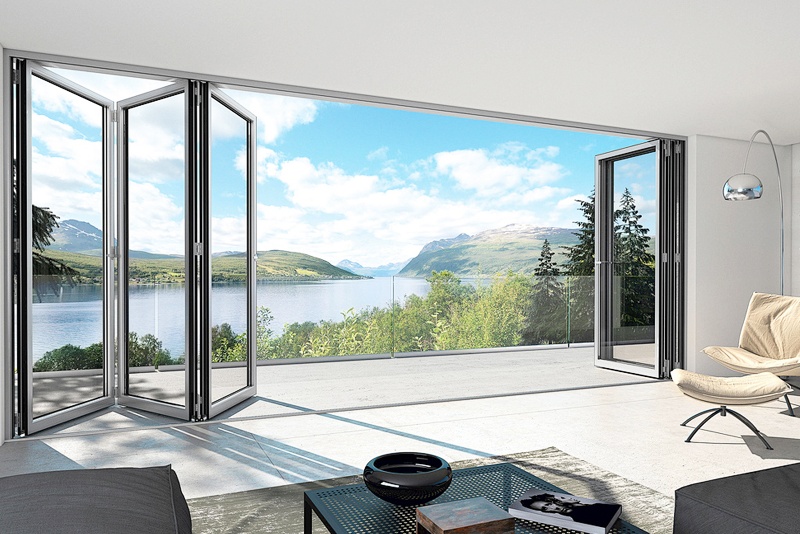
Rethinking Space with Folding French Doors
Real-World Applications Beyond the Obvious
The Multi-Generational Solution
A growing number of families are discovering folding doors help bridge generational divides. Teenagers can have audio privacy while maintaining visual connection with parents. Elderly relatives enjoy sunlight and views without navigating steps or weather. One family created what they call “parallel play spaces”—children drawing at an indoor table while parents garden nearby, separated by glass but connected by presence.
The Urban Sanctuary Strategy
In cities where outdoor space is precious, every square foot matters. I’ve seen new york apartments where exterior folding doors turn fire escapes into miniature balconies, and san francisco homes where narrow side yards become functional extensions of living rooms. The psychological value of these expansions is immense—residents report feeling less cramped even when indoors.
The Seasonal Adaptation
Four-season climates present unique opportunities. During my visit to a Colorado home, the owners demonstrated how their folding door usage changes throughout the year. “In summer, they’re open constantly for ventilation. In fall, we open them just during sunny afternoons. In winter, the closed doors provide incredible insulation while maintaining our mountain views. They’ve become our calendar.”
Navigating the Practicalities
The Installation Reality Check
Having witnessed numerous installations, I can confirm the process varies dramatically by home type. Older houses often require creative framing solutions, while new constructions can sometimes accommodate entire glass walls with surprising ease. The most successful installations share one commonality: homeowners who understood their home’s personality rather than fighting against it.
A century-old craftsman might need custom wood finishes to maintain its character, while a mid-century modern could embrace sleek aluminum profiles. The Kanod team often advises clients to consider both their home’s architecture and their personal lifestyle during selection.
Living with the Decision
All moving parts require maintenance, but the reality is simpler than many fear. Most homeowners develop seasonal rituals—cleaning tracks during spring cleaning, lubricating rollers before holiday gatherings. The consensus seems to be that the minimal upkeep is well worth the benefits.
One long-term owner shared her perspective: “We’ve had our doors for eight years through coastal storms and blazing summers. The maintenance is comparable to our other quality windows—mostly common sense and occasional attention. What surprises people is how naturally the care becomes part of home ownership rather than an extra burden.”
The Security Conversation
Understandably, people worry about large glass expanses. Modern engineering has largely addressed these concerns. Multiple locking points distributed along the entire height make french doors that fold remarkably secure. One security consultant I spoke with noted that the numerous connection points actually make these systems more resistant to forced entry than many traditional doors.
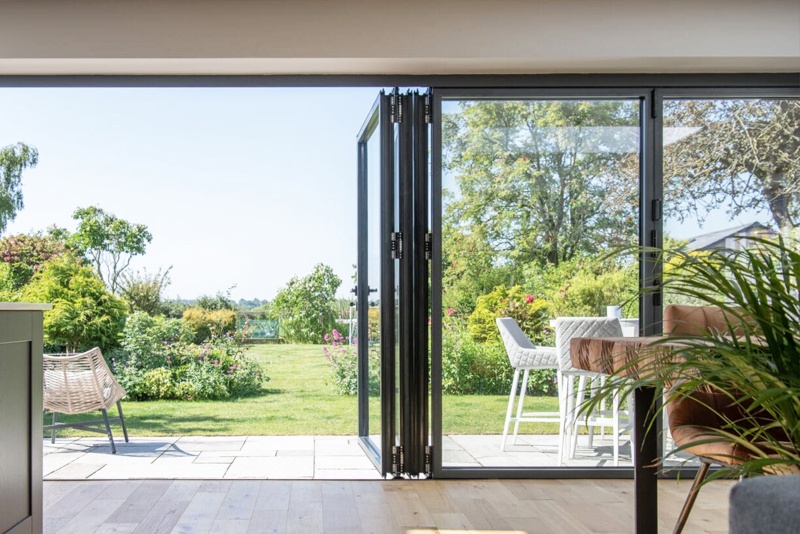
Rethinking Space with Folding French Doors
Beyond the Specification Sheet
The most satisfied owners I’ve met share one trait: they thought beyond technical specifications to how they actually live. They considered which way the doors would fold based on furniture placement, not just architectural symmetry. They thought about sightlines from their favorite armchair, not just maximum opening width.
This human-centered approach matters more than any particular brand or material. As one architect noted, “The best folding door installation isn’t the one with the most expensive hardware—it’s the one the family forgets is even there because it works so seamlessly with their daily rhythm.”
Industry observers note an interesting pattern: satisfaction with these systems correlates more strongly with thoughtful placement than with technical perfection. Homeowners who carefully considered how the doors would interface with their lifestyle—where the morning light would fall, how dinner parties would flow, where children would play—consistently report higher enjoyment years later.
Perhaps this explains why some of the most enthusiastic advocates aren’t architecture enthusiasts but busy families who simply appreciate how their homes now work better for them. As one mother summarized: “I didn’t realize how much our old doors were subtly organizing our lives until we replaced them. Now our space adapts to us instead of the other way around.”



